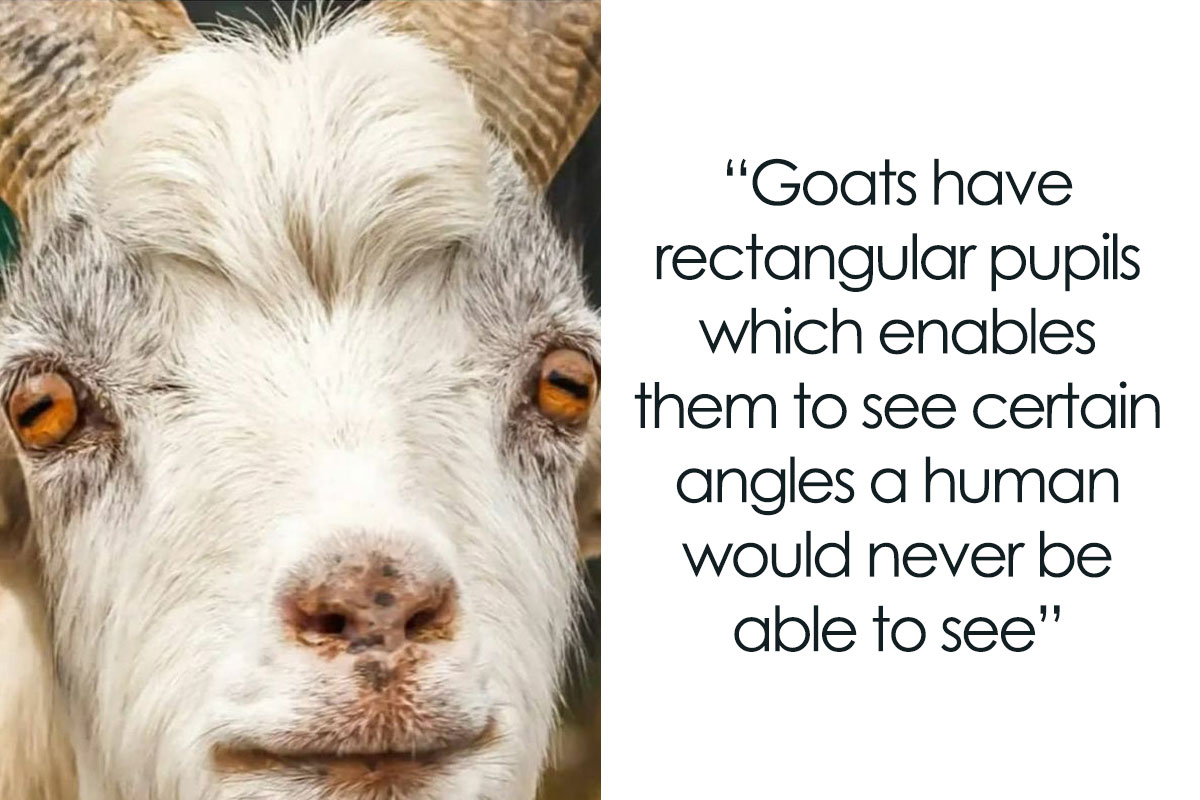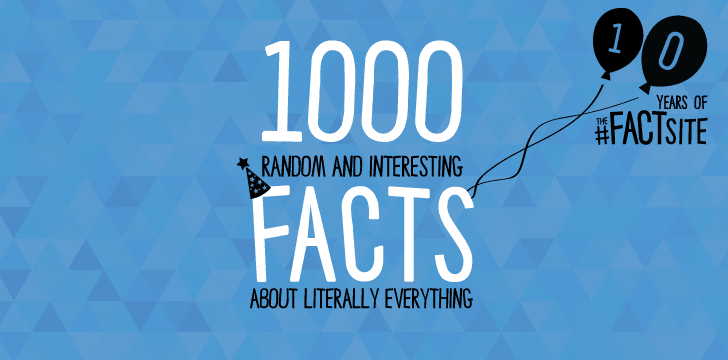The Iran Nuclear Deal: Facts, Failures, And Future
Table of Contents
- Understanding the JCPOA: A Historical Overview
- Key Provisions and Initial Implementation
- The Trump Withdrawal and Its Aftermath
- The Biden Administration's Stance and Failed Negotiations
- Financial Aspects and Sanctions Relief
- Verification and Monitoring: The IAEA's Role
- The Core Controversies and Concerns
- Iran's Nuclear Ambitions and Regional Fears
Understanding the JCPOA: A Historical Overview
The journey to the Iran Nuclear Deal began amidst escalating concerns over Iran's nuclear program in the 2010s. Iran had been enriching uranium, raising fears among Western powers and regional adversaries like Israel that it was moving towards developing nuclear weapons. The international community sought a diplomatic solution to prevent this proliferation, leading to years of intense negotiations.The Obama Administration's Initiative (2015 Deal)
Under former President Barack Obama’s administration, a landmark agreement was struck in 2015 between Iran, the United States, and other world powers—namely, the UK, France, Germany, Russia, and China (collectively known as the P5+1). This agreement, the Joint Comprehensive Plan of Action (JCPOA), aimed to significantly limit Iran’s nuclear program in exchange for relief from crippling international sanctions. According to many experts, this deal would have delayed Iran's ability to develop a nuclear weapon by at least a decade. The facts about Obama's Iran nuke deal were widely publicized, highlighting a diplomatic achievement that sought to avert a military confrontation.Key Provisions and Initial Implementation
The JCPOA was designed with specific, verifiable measures to prevent Iran from weaponizing its nuclear program. A core provision involved capping the enrichment of uranium and transferring highly enriched material out of the country. For instance, the deal required Iran to ship 25,000 pounds of enriched uranium out of the country, along with dismantling and removing certain nuclear infrastructure. The deal went into effect on January 16, 2016, after the International Atomic Energy Agency (IAEA) verified that Iran had completed these initial steps. This verification was a critical component, as the deal was not based on trust but on stringent verification mechanisms. With unprecedented monitoring and access, the agreement aimed to ensure that if Iran tried to pursue a nuclear weapon, the international community would know, and sanctions would snap back into place. The 2015 Iran nuclear deal was set to expire over 10 to 25 years, depending on the specific provisions, indicating a long-term framework for managing Iran's nuclear capabilities.The Trump Withdrawal and Its Aftermath
Despite the initial implementation and verification, the Iran Nuclear Deal faced significant political headwinds, particularly in the United States. Critics, including then-presidential candidate Donald Trump, argued that the deal was too lenient, did not adequately address Iran's ballistic missile program, or its support for regional proxy groups.Unilateral Action and Deterioration
In 2018, President Donald Trump unilaterally withdrew from the Iran Nuclear Deal. This decision was a dramatic reversal of U.S. policy and had profound consequences. Trump’s administration believed that by withdrawing and reimposing "maximum pressure" sanctions, they could force Iran to negotiate a "better" deal that would more broadly limit Iran’s nuclear program and military ambitions. Donald Trump sought to limit Iran’s nuclear program and military ambitions after Trump scrapped an earlier deal in 2018. However, others involved in the deal, particularly its European partners, tried to keep the deal running without the United States. This proved challenging. In 2019, Iran accelerated its uranium enrichment in response to the U.S. withdrawal and sanctions, and the JCPOA further deteriorated, moving away from compliance. The collapse of the Iran Deal created a new set of challenges, pushing Iran closer to nuclear breakout capability and increasing regional instability.The Biden Administration's Stance and Failed Negotiations
Upon taking office, President Joe Biden expressed a desire to return to the JCPOA, believing it was the most effective way to constrain Iran's nuclear program. Both Trump, who withdrew from the agreement, and Biden wanted a new deal, but it never happened. Biden's administration sought to re-engage with Iran to restore compliance with the original agreement, or perhaps negotiate a modified one.Efforts for a New Deal
Negotiations to revive the Iran Nuclear Deal were initiated, with various rounds of talks taking place in Vienna. However, these discussions faced numerous hurdles, including Iran's continued advancements in uranium enrichment, its demands for guarantees against future U.S. withdrawals, and the broader geopolitical context. Despite extensive diplomatic efforts, a full return to compliance or a new comprehensive agreement remained elusive. The Iran nuclear deal negotiations (2025) continued to be a topic of international discussion, as documented by sources like Britannica, highlighting the ongoing nature of these complex diplomatic efforts involving the United States, Trump, Obama, Iran's program, and weapons. The core of the controversy recently has also involved a deal the Biden administration reached with Iran to secure the release of five Americans. The outlines of that deal were announced in August, and the five Americans were subsequently released. This specific agreement, while separate from the broader nuclear negotiations, underscored the ongoing, complex, and often contentious interactions between the U.S. and Iran.Financial Aspects and Sanctions Relief
A significant component of the Iran Deal was the relief from international sanctions that Iran would receive in exchange for limiting its nuclear program. These sanctions had severely impacted Iran's economy, isolating it from the international finance system. Iran began enriching uranium in the 2010s and struck a deal with former President Barack Obama’s administration in 2015 that saw it agree to limit uranium enrichment in exchange for monetary relief. After the implementation of the Iran Deal, the United States sent $1.7 billion to Iran. This sum was part of a settlement for a long-standing claim related to military equipment purchased by Iran before the 1979 revolution, which was never delivered. Treasury Department spokeswoman Dawn Selak stated that these cash payments were necessary because of the "effectiveness of U.S. and international sanctions," which had made it difficult for Iran to access its funds through traditional banking channels. However, the timing and nature of these payments led to controversy, with some claiming this was a "ransom payment for hostages." The Iran Deal included a ransom payment for hostages, according to some facts presented by critics. Jacob Lew, then Treasury Secretary, testified before Congress that the actual amount Iran would be able to use from its unfrozen assets was about $50 billion, far less than the figures sometimes cited by critics. This financial aspect of the Iran Deal remains a point of contention and misunderstanding.Verification and Monitoring: The IAEA's Role
Central to the effectiveness of the Iran Nuclear Deal was the robust verification and monitoring regime overseen by the International Atomic Energy Agency (IAEA). The deal's premise was "based on verification," not on trust, acknowledging that Iran can't be trusted and won't keep its end of the deal without strict oversight. This meant unprecedented access for IAEA inspectors to Iran's nuclear facilities. Today, because of the Iran Deal, it would take Iran 12 months or more to produce enough fissile material for a nuclear weapon, a significant increase from pre-deal estimates. With the unprecedented monitoring and access this deal puts in place, if Iran tries, the international community would know, and sanctions would snap back into place.The Controversial "Secret Side Deal"
One of the criticisms leveled against the Iran Deal was the existence of a "secret side deal" between the IAEA and Iran. Under this specific arrangement, Iran was required to submit a full report to the IAEA regarding its nuclear history before it could receive any sanctions relief. While the details of such agreements between the IAEA and member states are often confidential to protect sensitive information, critics viewed this as a lack of transparency that undermined the broader deal's integrity. The question of whether there was a secret side deal between the IAEA and Iran, and if Iran must submit a full report to the IAEA regarding its nuclear history before it can receive any sanctions relief, often arises, and the answer is yes on both accounts. These real facts underscore the layers of complexity and scrutiny inherent in the JCPOA.The Core Controversies and Concerns
The Iran Nuclear Deal has been a magnet for controversy from its inception. Beyond the financial payments and the "secret side deal," fundamental disagreements persisted. Critics argued that the deal did not permanently dismantle Iran's nuclear infrastructure but merely delayed its progress, allowing it to eventually become a "threshold state" capable of quickly developing a weapon once the deal's restrictions expired. The 2015 Iran Nuclear Deal was set to expire over 10 to 25 years, a timeline that many found insufficient given Iran's long-term nuclear ambitions. Furthermore, concerns over Iran's ballistic missile program, which was not explicitly covered by the JCPOA, and its destabilizing actions in the Middle East through proxy groups, fueled opposition. Many felt that the deal failed to address these broader security issues, effectively rewarding Iran without curbing its other malign activities. This led to a stark division between those who saw the deal as a pragmatic necessity to prevent war and those who viewed it as a dangerous concession.Iran's Nuclear Ambitions and Regional Fears
The overarching concern driving the Iran Deal, and the subsequent debates, is Iran's ultimate intention regarding nuclear weapons. Israel, in particular, has consistently voiced strong fears over Iran's intention to build a nuclear bomb, believing these fears really may be valid. The geopolitical landscape of Western Asia, where Iran, a country boasting diverse landscapes and rich natural beauty, is the 18th largest country in the world, covering an area of 1.65 million square kilometers, is incredibly volatile. The country is home to two major mountain ranges, the Alborz and the Zagros, but its strategic importance extends far beyond its geography. The belief that Iran's rulers are proving they have no intention of denuclearizing the easy way, no matter how many carrots Team Trump dangles to get them on board, highlights the deep skepticism held by some. The continuous acceleration of uranium enrichment by Iran after the U.S. withdrawal only exacerbated these fears, bringing Iran closer to the "breakout" capability. This time, Israel's fears over Iran's intention to build a nuclear bomb really may be valid, and for better or worse, it will be U.S. President Donald Trump making the decision about what action to take, a sentiment that underscored the profound implications of the U.S. withdrawal. The future of Iran's nuclear program and regional stability remains a critical and unresolved challenge.The Iran Nuclear Deal represents a complex chapter in international diplomacy, marked by initial success, dramatic failure, and ongoing attempts at resolution. The facts surrounding its provisions, implementation, and subsequent unraveling paint a picture of an agreement that was both hailed as a triumph of non-proliferation and condemned as a dangerous appeasement. As the world continues to grapple with Iran's nuclear ambitions and the broader security landscape of the Middle East, understanding the nuances of the JCPOA remains paramount. What are your thoughts on the Iran Deal's impact on global security? Share your perspective in the comments below, or explore more of our articles on international relations and nuclear policy.

50 Interesting Facts About The World You Probably Didn’t Learn At

50 Random Facts that you Won't Believe are True | Fun facts for kids

1000 Interesting Facts About Literally Everything - Page 5 of 6 - The